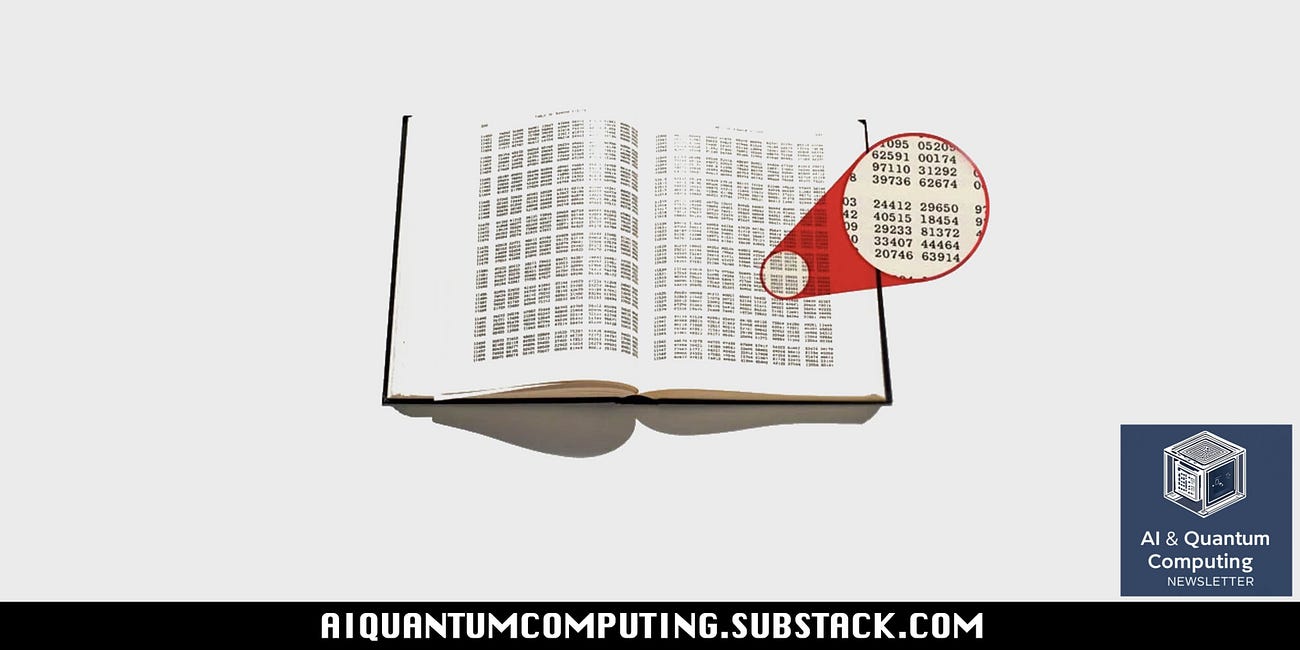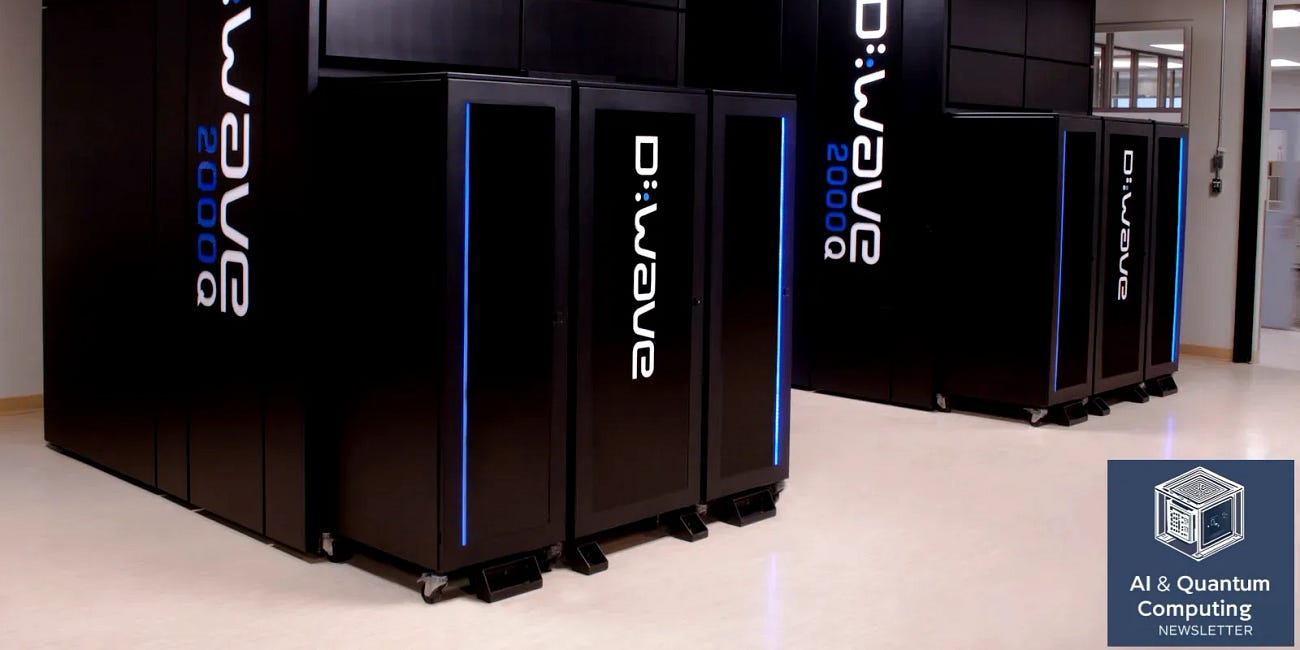Functional Quantum Computers Soon Within Reach Thanks to a Major Breakthrough in Atomic Qubits.
Record precision for atomic qubits paves the way for tomorrow's quantum computer.
A decisive step towards the realization of fully functional quantum computers appears to have been taken. Engineers have developed a novel technique for positioning individual atoms in a silicon crystal with near-perfect precision. By significantly stabilizing the atoms used as qubits, this breakthrough paves the way for more reliable and easily scalable devices.
Quantum computers have the potential to go far beyond the limits of conventional computers, solving problems that would otherwise be beyond their reach. This power is based on superposition (the ability of qubits to present different states simultaneously) and quantum entanglement (the ability of qubits to be inextricably linked), enabling billions of calculations to be carried out simultaneously.
Among the most popular approaches to developing quantum computers are those based on isolated silicon atoms used as qubits. To overcome the intrinsic sensitivity of qubits to environmental perturbations and preserve their quantum properties, the atoms are cooled to extremely low temperatures. This cooling process then enables them to be controlled by electric and magnetic fields.
However, “the most advanced quantum computing systems under development are still grappling with the dual problem of mitigating qubit error rates and increasing their number”, says Taylor Stock, from the Department of Electronic and Electrical Engineering at University College London (UCL).
Various strategies have been proposed to mitigate qubit error rates. One is to introduce “impurity” atoms into the silicon crystal and use their properties to form qubits. The error rate of the resulting qubits is intrinsically low, especially as the technique relies on easily industrialized silicon microelectronic devices.
The standard approach is to use phosphorus atoms as impurities. But arranging the individual atoms inside the crystals is a further difficulty. The manual arrangement of phosphorus atoms in silicon crystals has so far only been achieved with an accuracy rate of 70%, which is still far from the level of precision required for an error-free quantum computer.
These limitations are mainly attributed to a chemical reaction due to the interaction of phosphorus with the silicon surface. As a result, current devices rely on single-atom transistors, while multi-component devices use small, non-uniform clusters of phosphorus atoms.
Stock and colleagues hypothesized that arsenic could supplant phosphorus as the impurity atom for silicon crystals. It would enable a very high level of precision and, by extension, the low error rates needed to develop practical quantum computers.
“The ability to place atoms in silicon with near-perfect precision and in a way that allows us to scale them up is a milestone for the field of quantum computing. This is the first time we have demonstrated a way of achieving the required precision and scale,” explains Neil Curson, also of the Department of Electronic and Electrical Engineering at University College London (UCL), in a UCL press release.
A remarkable 97% accuracy rate
Physicists initially assumed that isolated arsenic atoms would present the same problems as phosphorus and would, therefore, only achieve the same rate of arrangement accuracy. However, Curson and his colleagues demonstrated that arsenic atoms could be placed more reliably than phosphorus.
The technique, described in the journal Advanced Materials, involves introducing and placing the arsenic atoms, one by one, into the silicon lattice. To achieve this, the team used a scanning tunneling microscope, a high-precision tool whose needle enables individual arsenic atoms to be identified and manipulated on an atomic scale—rather like a robotic arm operating like a record player. The atoms were placed progressively until they formed a 2×2 array of individual arsenic atoms, ready to become qubits.
The team achieved a remarkable accuracy rate of 97% (± 2%) but estimates that this figure will rise to 100% within a few years. “These results bring us closer to an advanced frontier of semiconductor technology: the deterministic assembly of atomically precise dopant arrays and qubits on arbitrarily large scales,” the researchers state in their paper.
However, it is important to note that further technical challenges will have to be overcome before this method can be used to produce functional quantum computers. The manual positioning of each atom - via the scanning tunneling microscope - requires several minutes. However, the development of a universal quantum computer will involve the creation of networks containing tens of millions or even billions of atomic qubits.
Nevertheless, the researchers indicate that the process can, in theory, be repeated indefinitely and could be automated. The booming semiconductor industry is expected to contribute to the development of the technology. What's more, the approach developed in the study would be highly compatible with current semiconductor manufacturing techniques.
“We now have a huge engineering challenge ahead of us to make it faster and easier - but this is the first time I'm certain that a universal quantum computer can be built,” concludes Curson.
A Trapped-Ion Quantum Processor Generates the First "Truly Random" Number.
You've probably all waited for the expression “it's random” several times in your life. The phrase is frequently used to describe unpredictable situations, but true randomness, in physics as in mathematics, has long remained an elusive concept.
D-Wave's Quantum Computer Solves a Previously "Impossible" Problem in a Matter of Minutes.
Whenever major new advances are made in quantum computing, you're used to seeing the names of tech giants like Google, Microsoft or IBM pop up. If it's not them, it's up-and-coming Chinese giants who are making the buzz. Today, the headlines in the world of quantum computing are monopolized by a company with less stock market clout, but which presents i…



